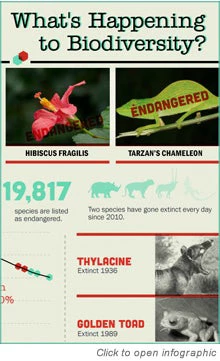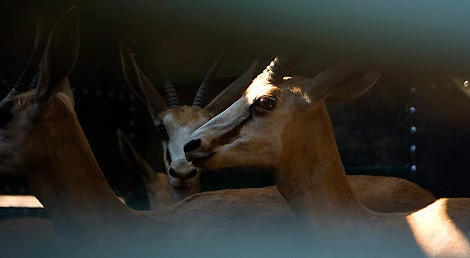Read this post in Français
To put nature at the heart of economic decisions, government, the private sector & the conservation community must reach across the aisle.
Look around the world, and you’ll see abundant reasons to worry about nature and its capacity to sustain us. Over 60 percent of ecosystems are in worse shape now than 50 years ago; 85 percent of ocean fisheries are fully exploited, over-exploited or depleted; half of all wetlands have been destroyed since 1900; and climate change is changing everything.
But at the same time, if you look carefully, there are reasons for cautious optimism.
First, governments are paying closer attention to the value of their countries’ natural resources and ecosystem services. They’re beginning to understand the need to adopt natural capital accounting and to incorporate it into planning decisions and as a basis for making critical decisions about trade-offs.
But governments are only one part of the picture when it comes to valuing nature and incorporating it in economic decisions making. In a flat world with public expenditures constrained, the private sector will be an increasingly important source of innovation, ideas, practice, and funds.
 My second reason for optimism is that we're seeing real traction in performance standards and principles for corporate behavior, such as the new Performance Standard 6 on Biodiversity of the International Finance Corporation, the World Bank’s private sector arm, driving major change both at corporate headquarters and on the ground. Companies increasingly understand that they need to invest in biodiversity expertise, community development, environmental restoration, and long-term conservation capacity-building to build brand and social license to operate.
My second reason for optimism is that we're seeing real traction in performance standards and principles for corporate behavior, such as the new Performance Standard 6 on Biodiversity of the International Finance Corporation, the World Bank’s private sector arm, driving major change both at corporate headquarters and on the ground. Companies increasingly understand that they need to invest in biodiversity expertise, community development, environmental restoration, and long-term conservation capacity-building to build brand and social license to operate.
The big shift – and this is what’s fueling my cautious optimism – is that these companies no longer see conservation as just reputational risk management: They recognize that it’s also vital to their businesses. Companies making everything from drinks to drugs to shoes depend on the health of natural resources – water, wood, plants, animals, genetic resources, pollination, climate regulation, natural hazard protection – for their own future success. They’re seeing what happens when they lose healthy resources or, when they fail to protect community resources, lose their social licenses to operate, their shareholder value, and their ability to find the best employees.
More than 40 companies have now made biodiversity conservation commitments, and dozens more have committed to supporting natural capital accounting. Rio Tinto, the mining company, launched a biodiversity strategy eight years ago at the IUCN World Conservation Congress. Rio Tinto has now committed to a Net Positive Impact on biodiversity and recognized that it has to take a broad community-development approach, working alongside government and partners from civil society to build capacity in government environmental agencies, developing alternatives to unsustainable practices, and protecting critical habitat.

And then my third and final reason for optimism: Ideas and partnerships are overcoming inaction.
We saw it in Rio+20 – the innovation and the real commitment to action from smart policymakers, city mayors, more than 1,000 business executives, civil society. People gravitated to ideas and approaches that promised action, whether on ocean health, natural capital accounting, sustainable energy, or reducing short-term climate pollutants.
The message is that action on sustainability is all about the future: Future markets, products, employees, investors, and competitiveness for businesses are directly linked to sustainable development and conservation.
Working together won’t always be easy. There will be tensions between conservation and development. That’s why we’re helping arm public servants with the tools and information to make fully informed decisions that support inclusive green growth for the future. The key is that we do work together for a common, sustainable future.
Rachel Kyte
Vice President for Sustainable Development
www.worldbank.org/sustainabledevelopment
Twitter: @rkyte365



Join the Conversation